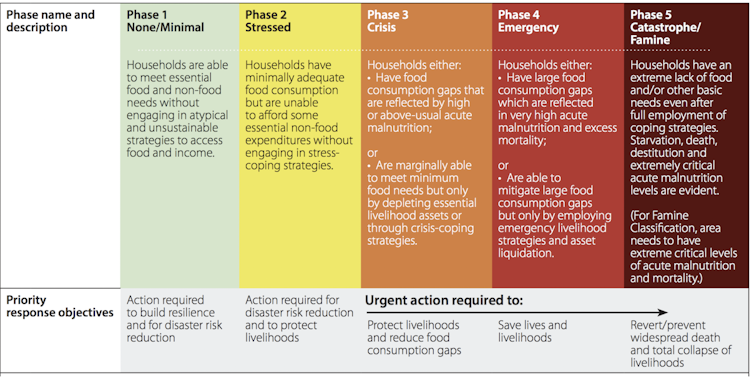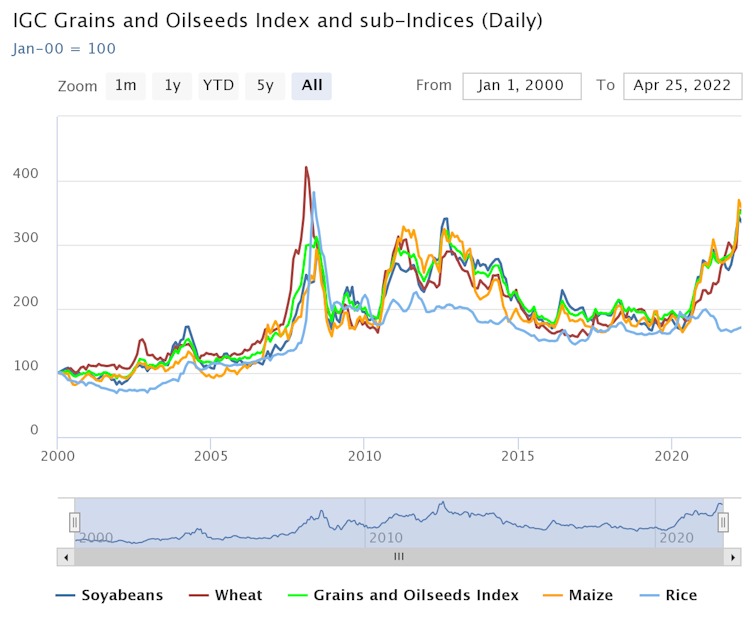April 29, 2022

The UK advertising watchdog is preparing to warn HSBC about using adverts to greenwash its reputation and order it to be more transparent about its contribution to climate change, in a ruling that could have wide implications for financial sector marketing.
In a draft recommendation seen by the Financial Times, the Advertising Standards Authority deemed that HSBC misled customers in two adverts by selectively promoting its green initiatives, while omitting information about its continued financing of companies with substantial greenhouse gas emissions.
The adverts, which attracted 45 complaints, were published by HSBC at bus stops in Bristol and London in October last year. One said the bank would provide $1tn in financing for clients to transition to net zero, while the other pledged to plant 2mn trees to trap 1.25mn tonnes of carbon.
The ASA judged that the effect of the two adverts was to lead customers to believe that HSBC was making “a positive overall environmental contribution as a company”, which could influence their decisions on where to open a bank account, or take out a mortgage or credit card.
“We considered that consumers would not expect that HSBC . . . would also be simultaneously involved in the financing of businesses which made significant contributions to carbon dioxide and other greenhouse gas emissions, and therefore directly conflicted with the aims of a transition to net zero,” its preliminary conclusions read.
As evidence, the ASA cited information from HSBC’s annual report, which disclosed that its current financed emissions equated to 35.8mn tonnes of carbon dioxide per year for oil and gas projects alone. It also noted that HSBC will continue to finance thermal coal mining until 2040.
“We considered that meant, despite the initiatives highlighted in the ads, HSBC was continuing to significantly finance and maintain its current investments in businesses and industries that emitted notable levels of carbon dioxide,” the ASA said. “In the context of the UK and other nations . . . working towards ambitious net zero goals and targets, HSBC’s phaseout of financing in those industries was slow.”
The ASA proposes ordering HSBC UK to “ensure that future marketing communications featuring environmental claims did not omit significant information about its contribution to greenhouse gas emissions”.
Last September, the ASA announced it was toughening its rules on environmental claims in ads. Recent high-profile judgments have been made against smoothie maker Innocent for exaggerating the benefit of its products and Alpro almond drink for claiming it was “good for the planet”.
HSBC is responding to the draft recommendation that will then be examined by ASA council, which takes advice from its Industry Advisory Panel. They could yet withdraw or amend the draft recommendation.
The ASA declined to comment on the case and emphasised that the outcome is not finalised.
HSBC said: “We have an ambitious plan to support a global transition to net zero and are acting now to reduce our financed emissions. This includes a $750bn-$1tn by 2030 financing ambition to help our customers transition, and also an explicit commitment to a 1.5°C- aligned phase down of fossil fuel financing.”
Last year, the bank was pressured on its climate commitments by a group of investors, but headed off a shareholder revolt at its annual meeting by strengthening its plans in line with international agreements to limit global warming.
However, the speed at which HSBC and other lenders have pledged to act, particularly on financing for coal power and mining, has disappointed some activists and ESG funds and they continue to push for change.
HSBC still ranks among the 10 biggest financers of fossil fuels in the world, according to the Rainforest Action Network, a charity. RAN data shows the bank has provided more than $87bn in total to some of the world’s largest fossil fuel companies since the 2016 Paris accord.
Source: Financial Times
Fri, April 29, 2022, 3:30 AM·4 min read
Shareholders and climate activists challenged HSBC over its policies to reach net-zero in its loan portfolio at a fiery annual meeting in London on Friday.
Annual meetings can often be quite lively in Britain, with campaigners planning elaborate protests, including fancy dress costumes and props. But social distancing restrictions to control the coronavirus pandemic in the United Kingdom have restricted attendance in recent years.
Friday's meeting was no exception, with climate activists wearing top hats and drinking out of champagne flutes outside the meeting venue. Later, about a dozen activists in the audience disrupted the meeting for almost five minutes by singing a parody of ABBA's "Money, Money, Money".
Do you have questions about the biggest topics and trends from around the world? Get the answers with SCMP Knowledge, our new platform of curated content with explainers, FAQs, analyses and infographics brought to you by our award-winning team.
"We believe that we can make the most significant impact by working with our customers to support their transition to a net zero future," Mark Tucker, the HSBC chairman, said. "We intend to set targets on a sector-by-sector basis that are consistent with net zero outcomes by 2050. We are particularly focused on supporting our carbon intensive clients to do this."
HSBC, one of Hong Kong's three currency-issuing banks, has said it would provide up to US$1 trillion in transition financing and investment to clients by 2030 as it seeks to reduce financed emissions in its portfolio to net zero by 2050.
Last year, the London-based bank also committed to ending financing of coal mining and coal-fired power plants in the European Union and countries that make up the Organisation for Economic Cooperation and Development (OECD) by 2030, and a decade later elsewhere. It has not financed a new coal plant since 2018, according to CEO Noel Quinn.
However, some climate campaigners have said that is not enough and the bank should completely end its relationship with oil and gas providers and other companies that produce substantial greenhouse gases.
Banks have been a target for some more extreme activists in recent months, with members of the Extinction Rebellion group shattering windows at HSBC's headquarters in Canary Wharf last week. Members of the group have chained themselves to gas pumps and glued themselves to the road to stop gas tankers.
"The future will be defined by the single greatest challenge of our time - the need for the world to transition to net zero. This is both a huge challenge and a huge opportunity," Quinn said. "We are committed to working with our clients globally to develop valid, science-based transition plans to understand - sector-by-sector, client-by-client - how we move to net zero by 2050."
On Friday, the Financial Times reported that the UK's advertising watchdog had issued a draft recommendation that two of the bank's advertisements had misled customers about its climate policies because it continued to finance substantial greenhouse emitters.
"There is significant evidence yet to be assessed in this case and no decision has been reached on whether HSBC has breached the advertising rules," a spokesman for the Advertising Standards Authority, the UK regulator, said. "We will publish our findings in due course."
HSBC declined to comment on the ASA review, saying it was an ongoing matter.
"We have an ambitious plan to support a global transition to net zero and are acting now to reduce our financed emissions," a HSBC spokeswoman said.
Whilst climate issues dominated much of the shareholder questions, investors also pressed HSBC board members on several other issues, including investments held by its asset management arm in Russian energy companies and a long-running dispute over clawbacks of a portion of pensions paid to retirees of Midland Bank, which HSBC bought in 1992.
This week as part of its first-quarter results, the bank said it was complying with international sanctions following Russia's invasion of Ukraine and its Russian operation, which mostly supports multinational companies, is not taking new business or customers and is "consequently on a declining trend".
HSBC's asset management arm has suspended dealing in its Russian oil funds and equity funds tied to Russia, Tucker said. However, international investors have been excluded from the Russian stock markets, meaning it is taking time to exit positions and sanctions also are restricting some sales, he said.
One investor also asked whether the bank lobbied Hong Kong officials to end severe travel and social distancing measures under the city's zero-Covid policies after a fifth wave of the virus forced many of the city's bank branches to close until recently.
"We make every effort to inform, to encourage, to give suggestions to the government on this," Tucker said. "You can rest assured we have done this."
This article originally appeared in the South China Morning Post (SCMP), the most authoritative voice reporting on China and Asia for more than a century.
Copyright (c) 2022. South China Morning Post Publishers Ltd. All rights reserved.

















